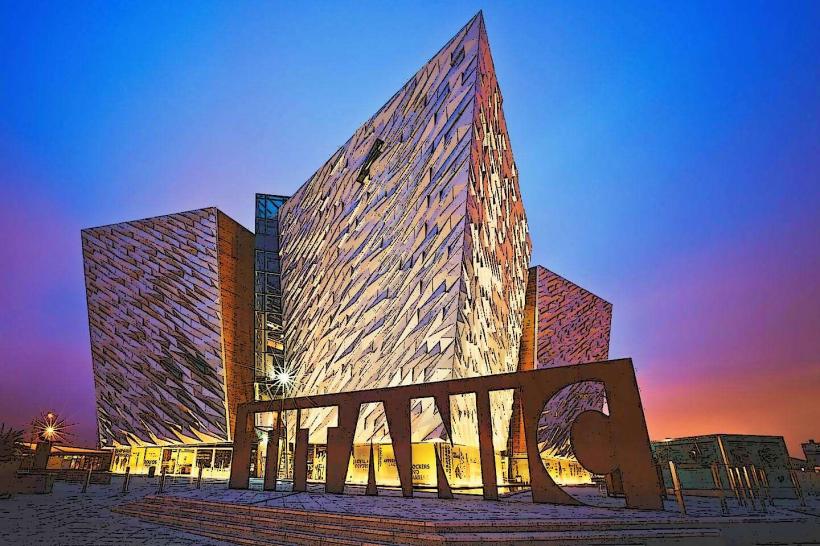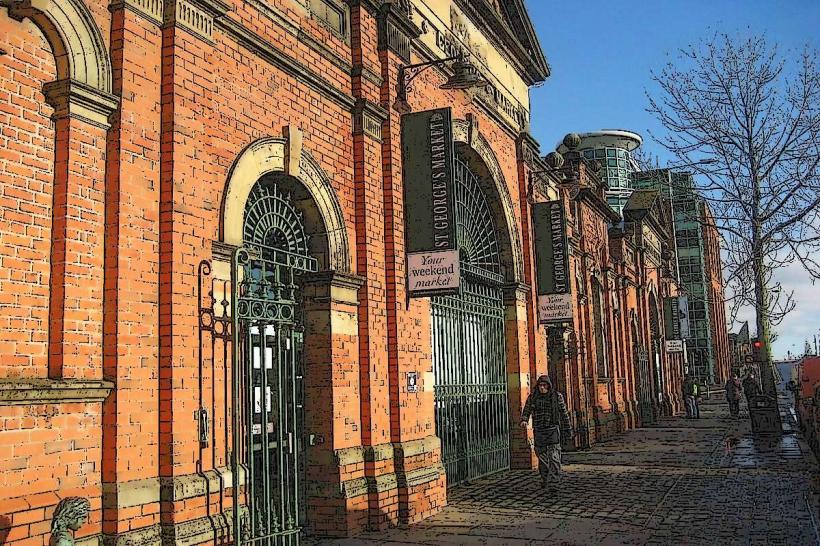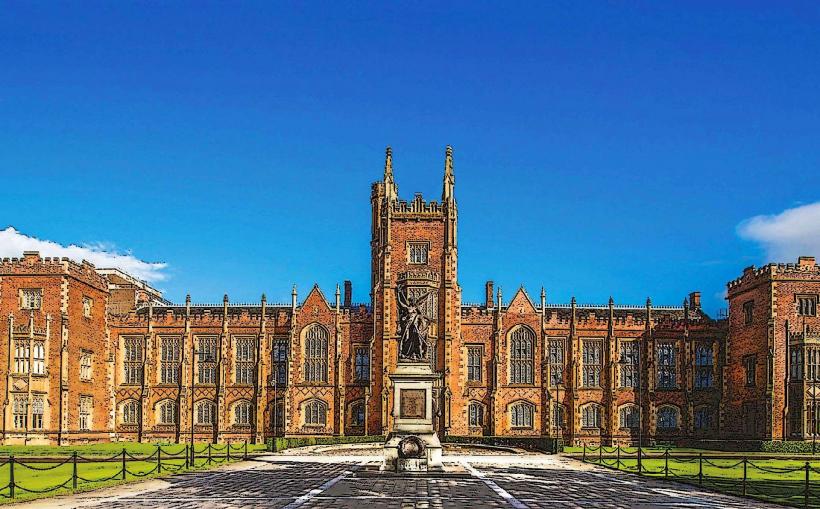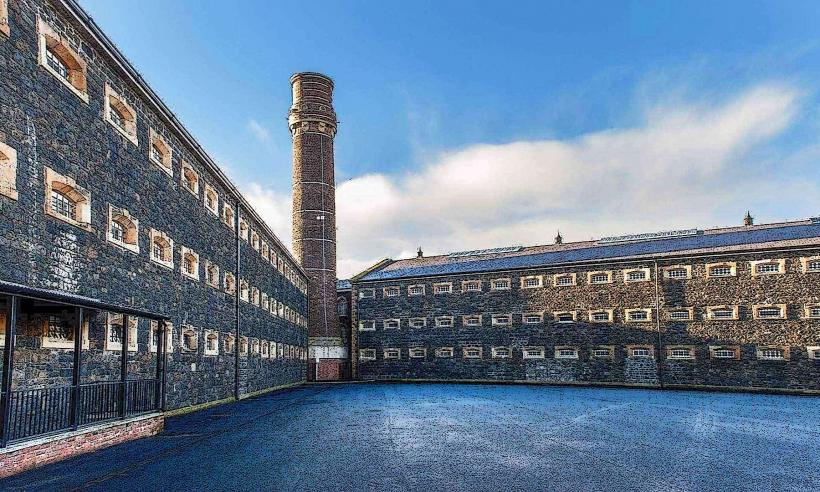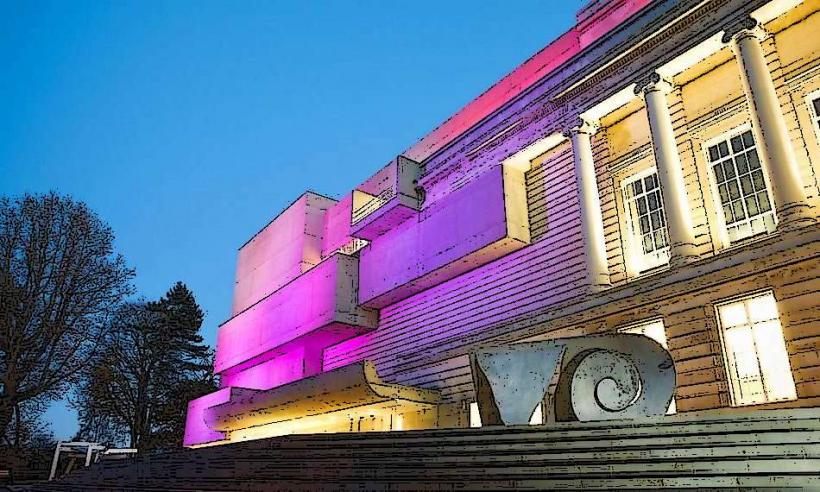Information
Landmark: Belfast Botanic GardensCity: Belfast
Country: United Kingdom
Continent: Europe
Belfast Botanic Gardens is a stunning public park located in the Queen's Quarter of Belfast, Northern Ireland. Established in 1828, the gardens have become one of the city's most beloved green spaces, offering a peaceful retreat for both locals and visitors. The gardens are particularly known for their Victorian-era design, beautiful plant collections, and historical significance, as well as their modern-day role in cultural and community activities.
History and Overview
Origins: The Botanic Gardens were first created in the early 19th century as part of an effort to introduce botanical education and scientific research to the city. The land was originally part of the estate of the Dunville family, but in 1828, it was purchased by a private company and opened to the public as a botanical garden. The gardens quickly became a popular attraction, both for their beauty and their educational value.
Design: The gardens were designed in a formal, Victorian style, with broad paths, ornamental flower beds, and an emphasis on exotic plants and species. The layout included several key features, such as the Palm House and the Tropical Ravine, which are still prominent features of the gardens today. Over time, the Botanic Gardens expanded to include large grassy lawns, wooded areas, and numerous themed gardens.
Key Features of the Gardens
Palm House:
- One of the iconic structures in the Botanic Gardens, the Palm House was designed by architect Charles Lanyon and opened in 1852. The building is a remarkable example of Victorian glasshouse design, with its elegant cast-iron frame and curved glass panes.
- The Palm House houses a variety of tropical plants, including palm trees, ferns, and exotic flowers. It serves as an indoor tropical paradise, with plants from Africa, Asia, and the Pacific Islands. Visitors can enjoy the lush environment, which is especially welcoming during colder months.
Tropical Ravine:
- The Tropical Ravine is another key feature of the Botanic Gardens, originally opened in 1889. This beautiful, Victorian ravine-style garden is home to an array of tropical plants and is designed to recreate the atmosphere of a tropical rainforest.
- The ravine’s rocky path, water features, and dense greenery make it a favorite spot for visitors. It also provides a unique opportunity to view plants such as cacti, succulents, and orchids in a controlled, tropical environment.
The Rose Garden:
- The Rose Garden in the Botanic Gardens is one of the most picturesque sections of the park, especially in the summer when the roses are in full bloom. It showcases a variety of roses, including climbing, shrub, and hybrid tea roses. The garden offers a lovely area for relaxing and enjoying the fragrances and colors of the flowers.
The Herbaceous Border:
- The Herbaceous Border is another popular area, featuring a wide range of perennials and annuals. The garden is designed to highlight the beauty and variety of plants that thrive in the Irish climate, including a mix of flowers, grasses, and shrubs. It is a great spot for plant lovers, offering a chance to see how different species grow and interact.
Woodland Area:
- In addition to the more formal gardens, the Botanic Gardens also include woodland areas with paths lined by mature trees, wildflowers, and native plants. These quieter, more shaded areas offer a peaceful escape from the busier sections of the park and are perfect for leisurely walks.
The Pavilion and Café:
- The Pavilion is a large, Victorian-style building that serves as a central hub for events and activities within the gardens. It houses a café, offering refreshments, light meals, and snacks, and provides a comfortable place for visitors to relax.
- The Pavilion is often used for public events, including exhibitions, workshops, and community gatherings, making it a focal point of cultural and social life within the Botanic Gardens.
The Botanic Gardens Bandstand:
- The bandstand in the gardens is another charming feature. Originally built in 1895, it has been a venue for outdoor concerts and performances for many years. Today, it is still used for occasional events, including live music and community performances, particularly in the summer months.
Children’s Play Area:
- The gardens are also family-friendly, with a designated children’s play area that includes swings, slides, and other play equipment. It’s a great place for families to enjoy the outdoors while the kids can have some fun.
Botanic Gardens Today
Public Access and Free Admission: The Botanic Gardens are open to the public year-round and admission is free, making it an accessible destination for anyone in Belfast. The gardens are particularly popular with locals, who use the park for walking, jogging, picnicking, and enjoying nature.
Cultural and Community Events: The Botanic Gardens regularly hosts events, such as flower shows, art exhibitions, seasonal festivals, and outdoor concerts. It is also a venue for various community-based programs, like educational workshops and environmental awareness activities.
Sustainability and Conservation: The Botanic Gardens plays an important role in plant conservation and environmental education. The gardens are home to many species of plants, including some that are rare or endangered. The museum also supports sustainability efforts by promoting the use of native plants and encouraging visitors to learn about the benefits of preserving plant biodiversity.
Visitor Information
Location: The Botanic Gardens are located in the Queen’s Quarter of Belfast, easily accessible from the city center. The entrance is on Stranmillis Road and the gardens are within walking distance of Queen’s University Belfast and the Ulster Museum.
Opening Hours: The gardens are open every day of the year, with extended hours during summer months. While the gardens are open year-round, individual features like the Palm House and Tropical Ravine may have specific opening times.
Accessibility: The gardens are generally wheelchair accessible, with paved paths and designated ramps in certain areas. There are also several benches throughout the gardens where visitors can rest and enjoy the surroundings.
Public Transport: The Botanic Gardens are well-connected by public transport, including buses and Belfast’s metro system. The Botanic railway station is nearby for those traveling by train.
Conclusion
The Belfast Botanic Gardens is a vital part of the city's heritage, offering a beautiful and tranquil escape in the heart of Belfast. Its historic features, such as the Palm House and Tropical Ravine, alongside its modern amenities and community events, make it a place of both natural beauty and cultural significance. Whether you're a plant enthusiast, a history lover, or someone just looking to relax and enjoy the outdoors, the Botanic Gardens offer something for everyone. It remains one of the city’s best-loved destinations, perfect for a day out with family, friends, or as a peaceful solo retreat.

